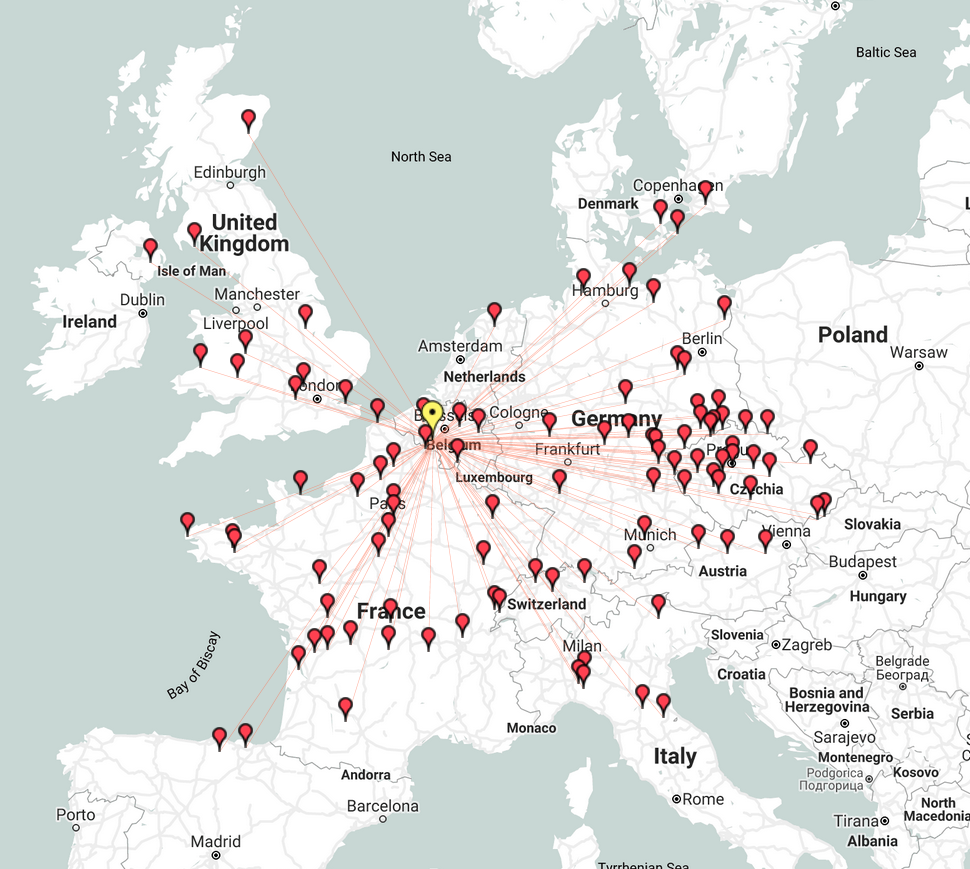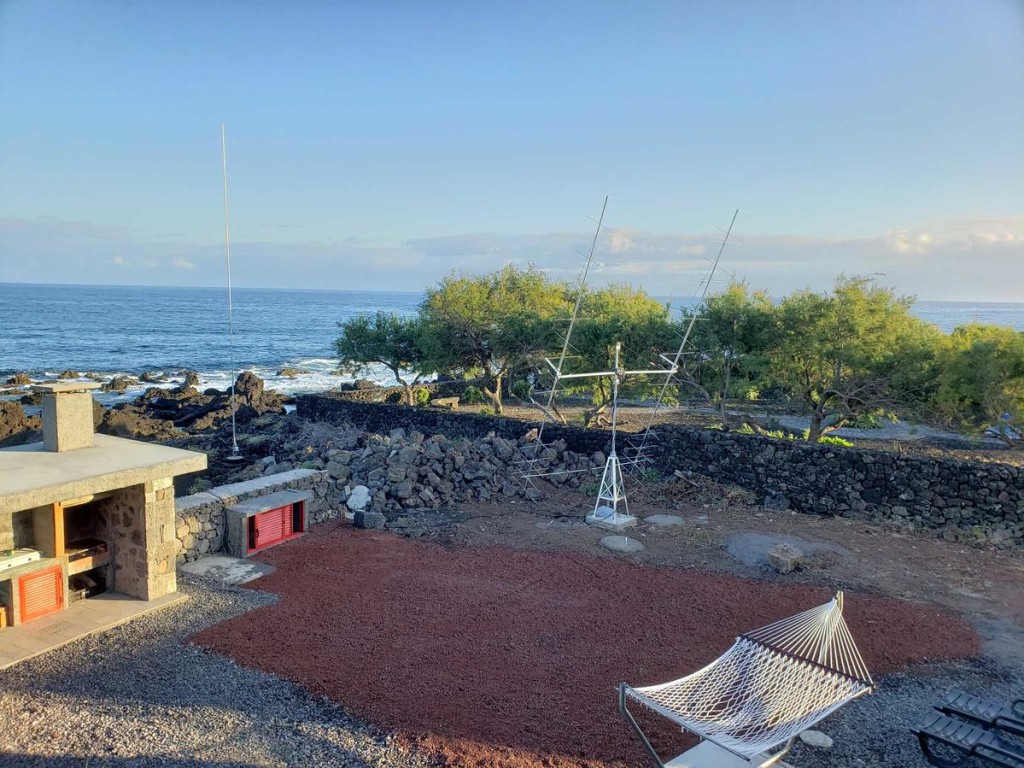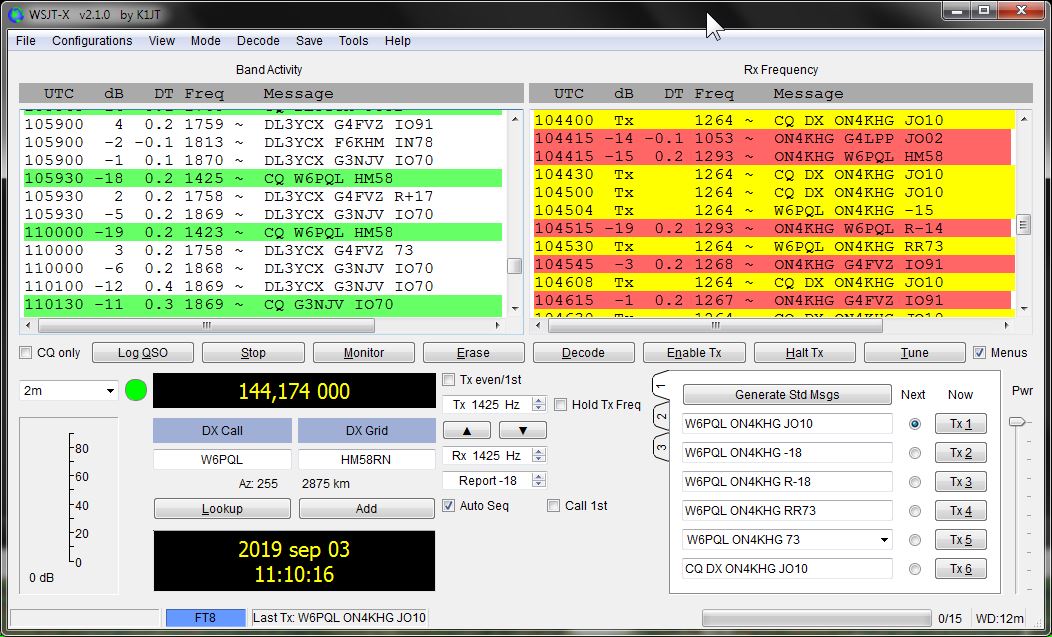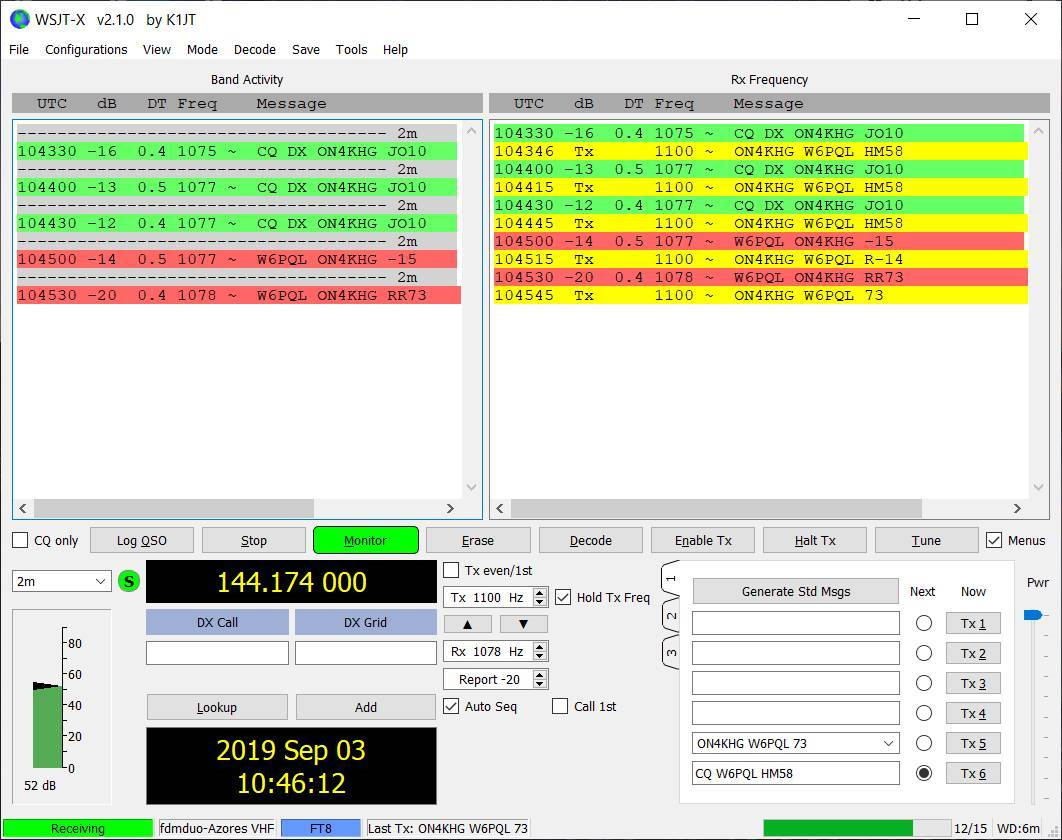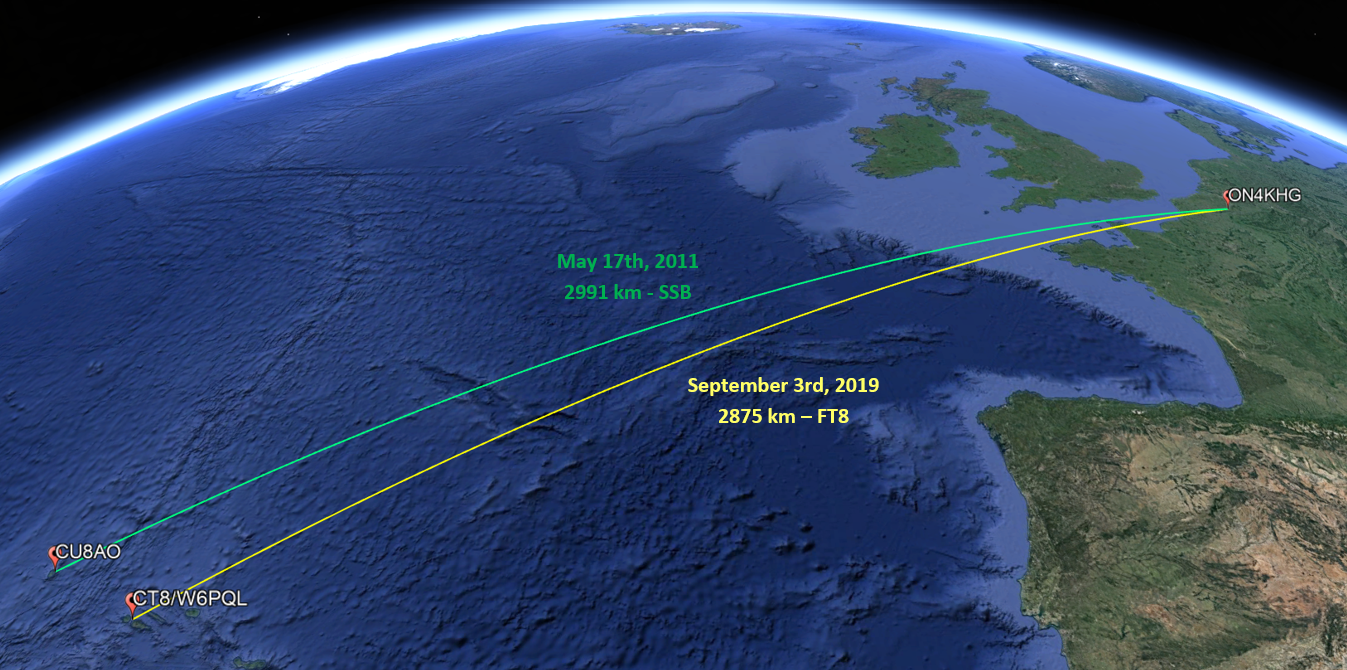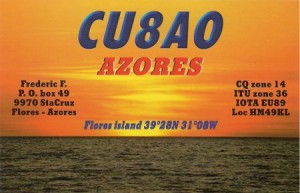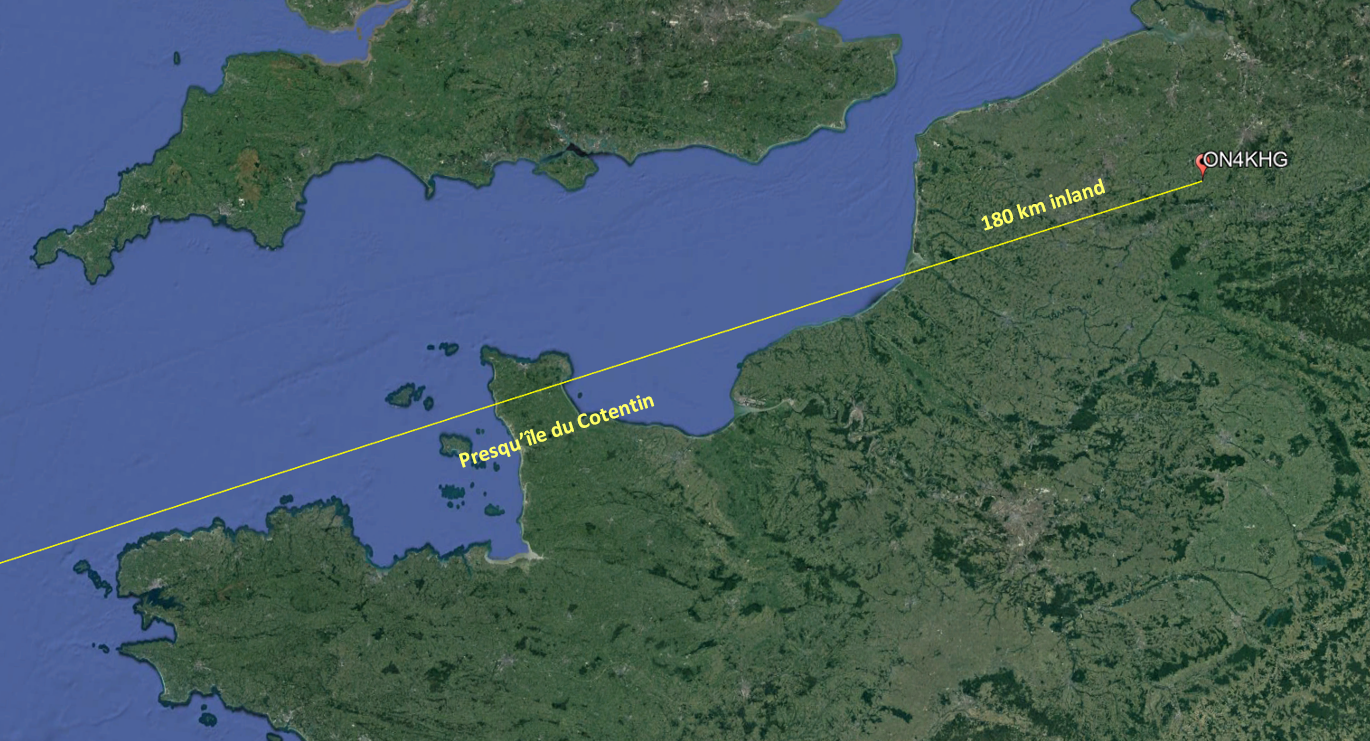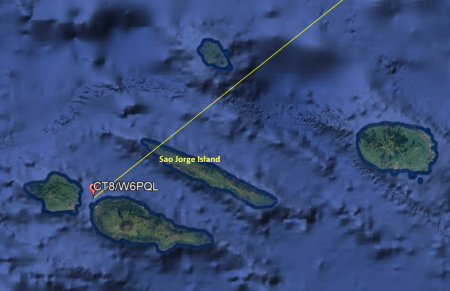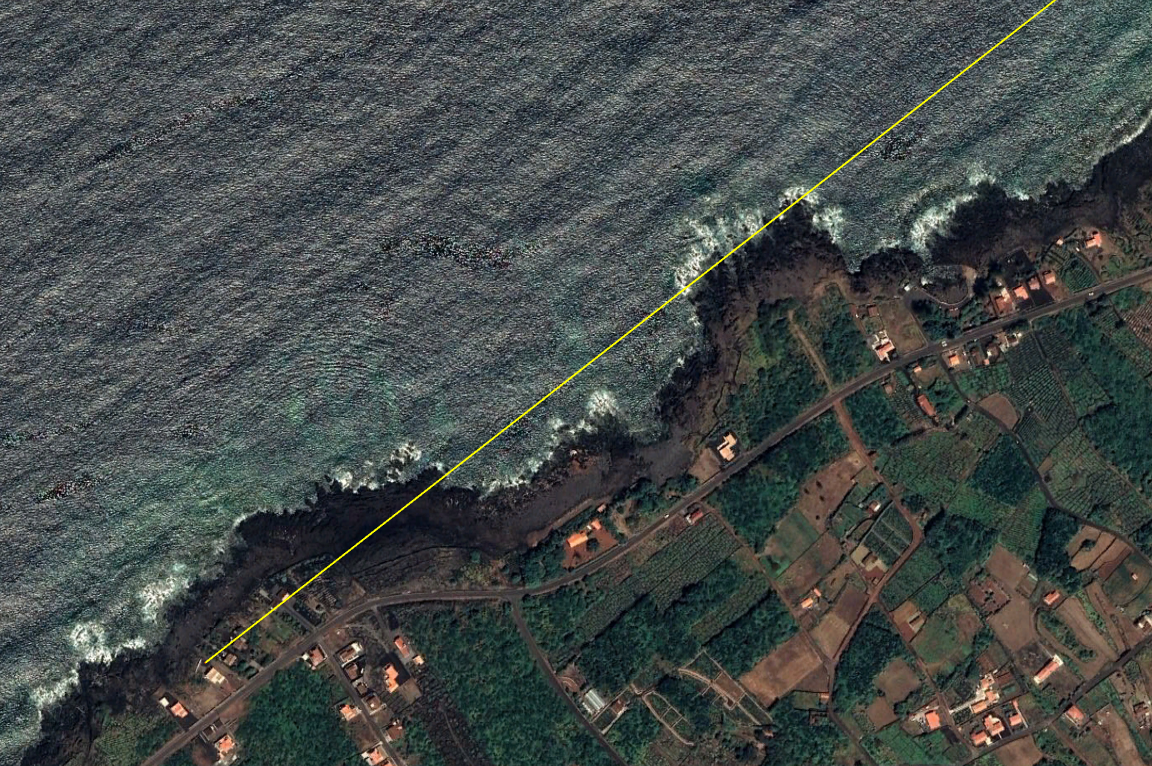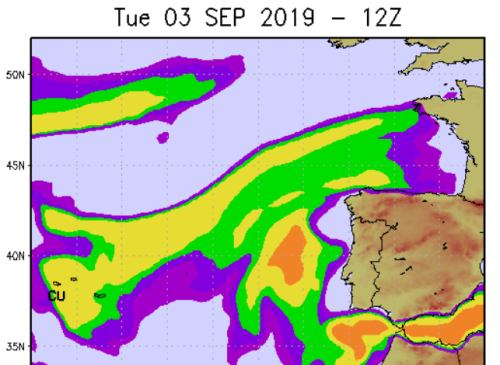IARU Region 1 VHF Contest 2019
Compte rendu du contest IARU VHF des 7 et 8 septembre 2019. J’ai été actif durant environ 14 heures sur les 24 que compte le contest. Je me suis attaché uniquement à chercher les DX’s, je n’ai quasiment jamais appelé CQ. Propagation pas terrible, les signaux étaient relativement faibles. J’ai eu le sentiment qu’il y avait moins de stations DL que d’habitude et vers la France, à nouveau une faible activité était à déplorer. Pourtant, même à presque 800 km, TM2D (JN03) arrivait souvent très fort. Sur KST, il semble que plusieurs stations demandent des skeds “en masse”, sans visiblement tourner leur antennes ou avoir un groupement dans la direction concernée… Quand je compare ce contest IARU 2019 avec celui de 2018, les conditions étaient nettement moins bonnes cette année.
Station utilisée : 2×9 él. DK7ZB et 1,2kW
Activity report of the IARU VHF contest of September 7th and 8th, 2019. I have been active during around 14 hours amongst the 24 the contests lasts. I only focused on hunting DX’s, I have almost never called CQ. Poor propagation, signals were relatively weak. I have had the feeling that there were less DL stations than usual and towards France, again a low activity was to deplore. However, even at almost 800 km distance, TM2D (JN03) was often coming through quite strong. On KST it seems several stations are requesting “mass” skeds, without apparently turning their antennas or having an antenna group in the concerned direction… When I compare this IARU 2019 contest with the one of 2018, conditions were clearly less good this year.
Station used : 2×9 el. DK7ZB and 1,2kW
# QSO’s : 100
Points : 57389
# DXCC : 17 (G, GM, GW, GI, HB9, OE, OK, DL, ON, PA, F, I, SM, OZ, OM, EA, SP)
# WWL : 62
Average km/QSO : 574
Top 10 DX QSO’s :
OM3KII JN88UU 1005 km EE2R IN83FD 1005 km OM2Y JN88RS 990 km ED2C IN83QF 959 km IQ4FD JN63AX 955 km OK6M JO80OB 941 km I4VOS JN54PF 897 km OE1W JN77TX 893 km OK1KCR JN79VS 846 km 7S7V JO65SN 843 km
SPACE
